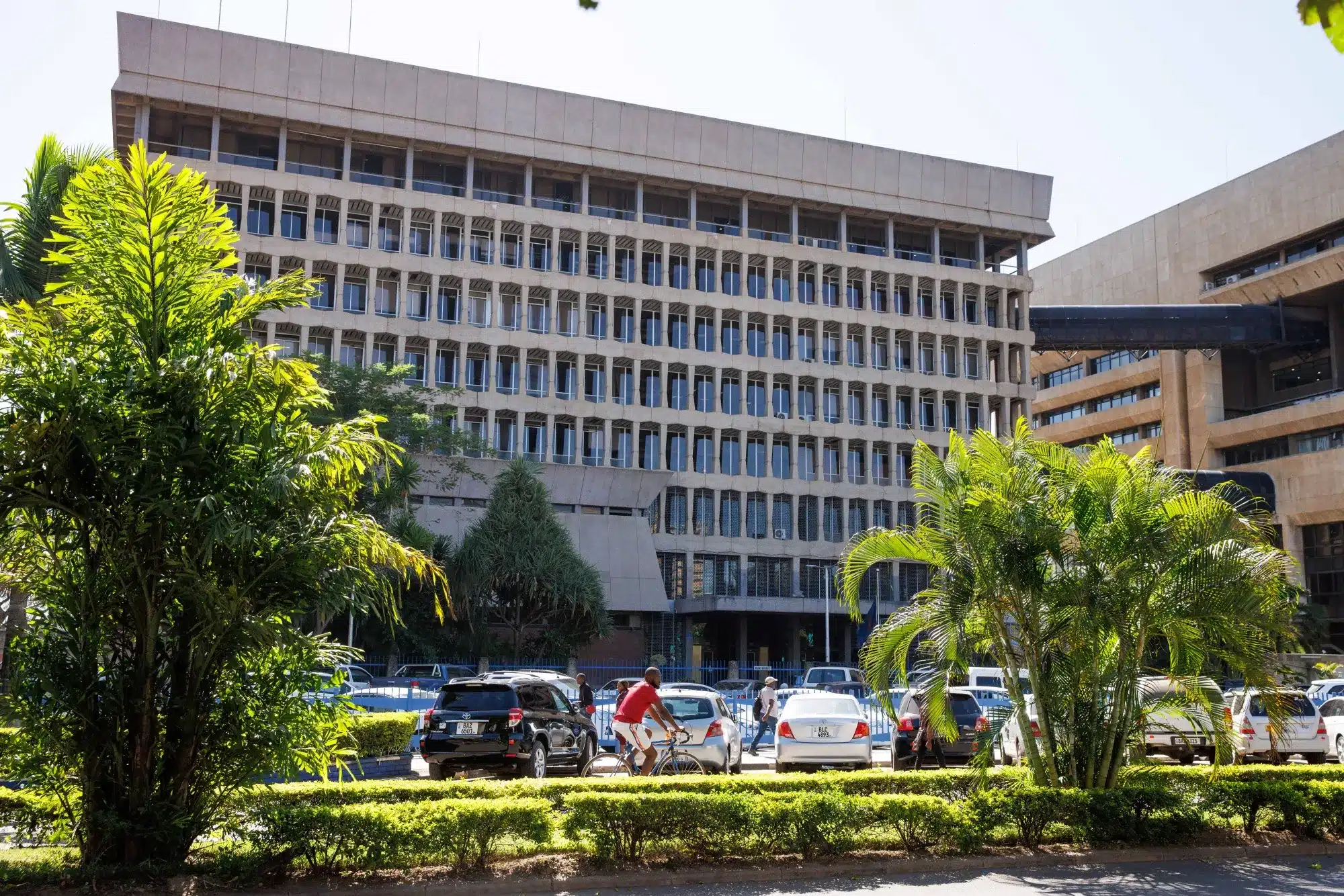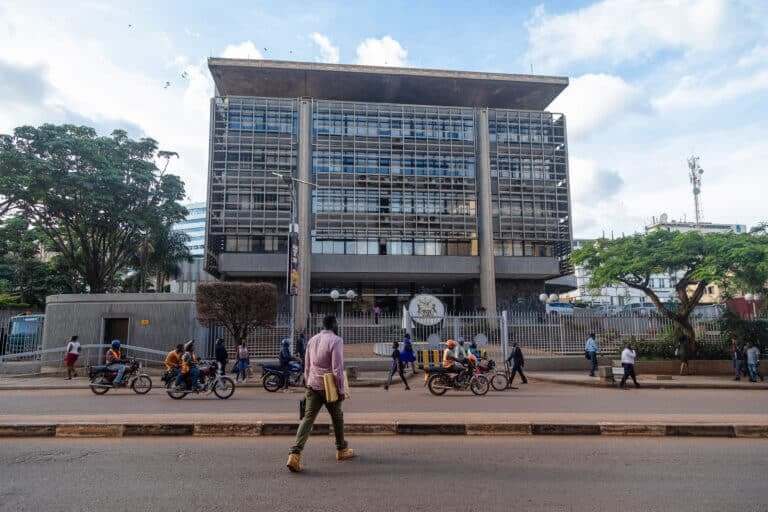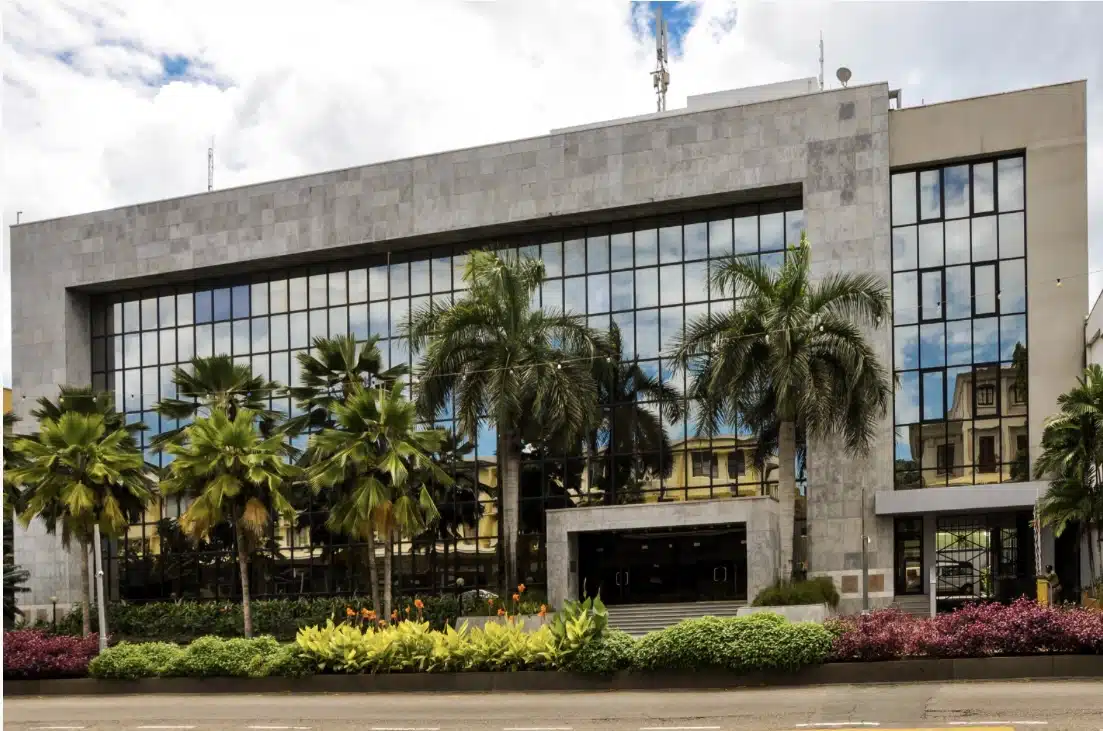The Bank of Zambia has reduced its key lending rate for the first time in over five years, citing slowing inflation in Africa’s second-largest copper and cobalt producer.
At its regular meeting on Wednesday, the central bank lowered the policy rate by 25 basis points to 14.25%, down from 14.5% in September. This marks the first rate cut since August 2020.
Zambia joins several other African economies that have eased monetary policy in 2025, including Nigeria, South Africa, Ghana, Egypt, and Kenya, as central banks respond to moderating inflationary pressures.
The decision follows a continued decline in consumer price growth during the third quarter. Annual headline inflation fell to 11.9% in October, the lowest level in over two years, down from 12% in September.
The central bank attributed the slowdown to a strengthening local currency and lower fuel prices. While inflation is expected to continue moderating in the near term, policymakers noted that risks remain, particularly from external shocks and domestic supply constraints.
“We project that inflationary pressure will continue to decelerate,” said Central Bank Governor Denny Kalyalya, signaling confidence that monetary easing will not undermine price stability.
Despite the easing of inflation, economic activity showed signs of strain in October. The S&P Global Purchasing Managers’ Index (PMI) fell to 50.8 from 52.2 in September, marking the slowest pace of improvement in three months.
New orders rose for the seventh consecutive month, indicating sustained demand, but overall output declined due to inconsistent energy supply. Input purchases expanded at the fastest rate since 2017, reflecting business optimism but also highlighting ongoing operational constraints.
Analysts say the rate cut aims to balance the dual objectives of supporting economic growth while keeping inflation anchored within the central bank’s target range. Zambia’s heavy reliance on the mining sector and exposure to external commodity price shocks make measured monetary policy crucial for sustaining macroeconomic stability.
The move underscores a broader trend across Africa, where central banks are increasingly confident in easing rates after years of aggressive tightening to curb post-pandemic price surges.
For Zambia, a cautious reduction in borrowing costs may provide relief to businesses and households, encouraging investment and consumption without reigniting inflation pressures.









